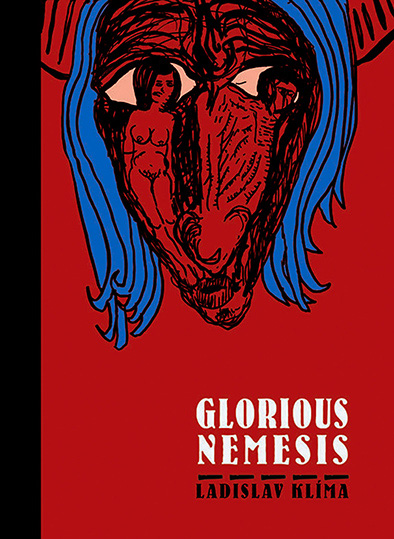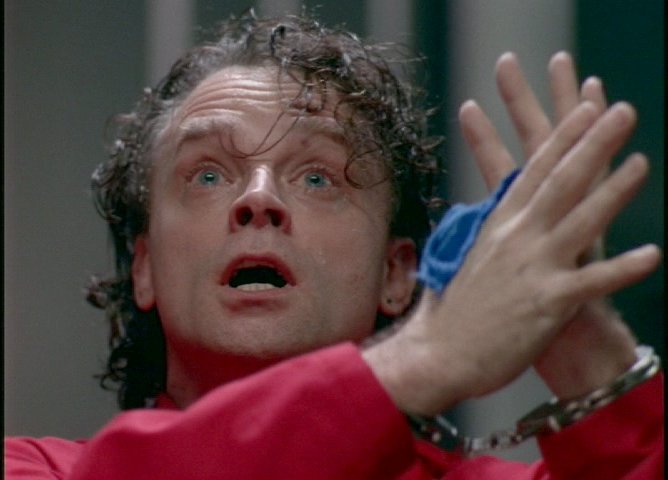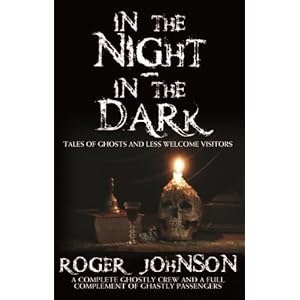The first collection of ghost stories by Jane Jakeman has just been published by
Sarob Press in a fine volume illustrated by the always excellent Paul Lowe. (At time of writing, the book was still available from various dealers listed on the Sarob blog - check the link.)
Two of the eight stories have appeared in ST, three appeared in
Ghosts & Scholars, and one in
All Hallows. The other two stories consist of one that is wholly new and another that's only appeared on the author's website.
So, what kind of a collection do we have hear? Firstly, these are academic ghost stories by an archaeologist with an Oxford pedigree. Traditionally Oxford is seen as more 'establishment' than the artier Cambridge. Prime ministers come from Oxford, satirists from its great rival. For my money, any establishment that produces leading politicians must have gone over to the dark side a long time ago, and these stories tend to confirm that opinion.
That said, the academic world presented here is not un-cosy, at least at first. In 'Vrykolakas', a young English (in both senses) student with a taste for Webster goes to Greece with his archaeologist girlfriend to work on a dig on an island. The blinding light and black shadows of the region are well-evoked in a story rich in detail. The vrykolakas, we learn, is a reanimated corpse but not a vampire, because it is very unsporting and does not play according to the rules. It is also quite vindictive and remorseless when pursuing those who disturb its resting place.
Another long-ish story, 'Survival of the Fittest', is an unusual historical piece. Set in the mid-Victorian era, its protagonist - an ineffectual but well-meaning man of science - attends the celebrated debate on Darwin's theory between T.H. Huxley and Bishop 'Soapy Sam' Wilberforce. Possessed by the idea of seeing evolution in action in human society, our man takes up residence in a grim tavern in London's Seven Dials. he sees more than he bargained for, of this world and another. The denouement of this story is one of the most unusual I've come across.
It's one thing to re-create a Victorian ambience, quite another to tackle the language of late Elizabethan England, but that's what Jakeman does in 'Neon'. Here she intercuts scenes from modern life with a distinctly nasty narrative from the Oxford of 1602, when a young homeless woman who falls victim to the casual cruelty of her time. In modern Oxford a young man embarks on a quest to find a young homeless woman when he becomes haunted by an odd smell of burning...
Compared to 'Neon', 'Lock Me Out!' is a rather jolly story, set at Christmas in a university library. Admittedly the Yuletide cheer is somewhat vitiated by the focus on leaping buboes and other festering ailments of yesteryear, but it's the thought that counts. Anyone who's ever been alone in an old library will appreciate the lovingly-evoked atmosphere of this one.
'River' is altogether more sombre in tone, a very short story that powerfully evokes an island in the Isis, its embittered resident, and a visitor who will never leave. As a description of the 'Why' of a haunting it is economical and effective. The same can be said for 'The Edge of the Knife', in which an ancient college kitchen is the scene of some unorthodox culinary activity that resonates down the centuries. Students, eh?
'Adoptagrave', the second ST story, is another short and light piece, cast in a familiar mould - unwary woman goes into country church, meets someone a little odd, and finds herself involved with local history in a far from pleasant way. What makes it original is the central idea and the way the pay-off stems naturally from the character's somewhat un-romantic attitude to a former lover.
'The House With No History' is another substantial story, and rings the changes on the haunted house theme very successfully. Most of the story is told by an elderly lady in a tea shop, but there is nothing quaint or traditional about the phenomenon that afflicts visitors to Darkedge House. A very satisfying sense of unease - of things 'not quite right' - comes over the reader. I did guess the 'solution' to the mystery before the end, mind you, but perhaps I have a warped imagination.
In her Afterword, Jane Jakeman remarks that Le Fanu's 'Narrative of the Ghost of a Hand' is her favourite supernatural story. That's a rather quirky choice, but it is a very good story and one that combines the weird with the familiar to great effect. The same came be said of all these stories.























